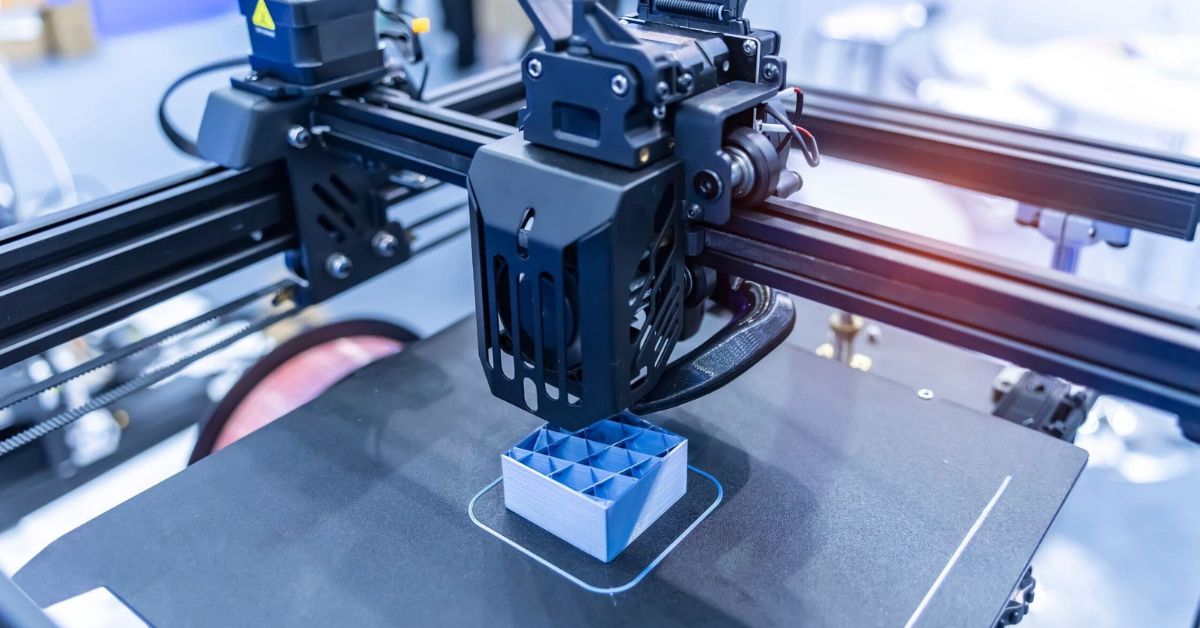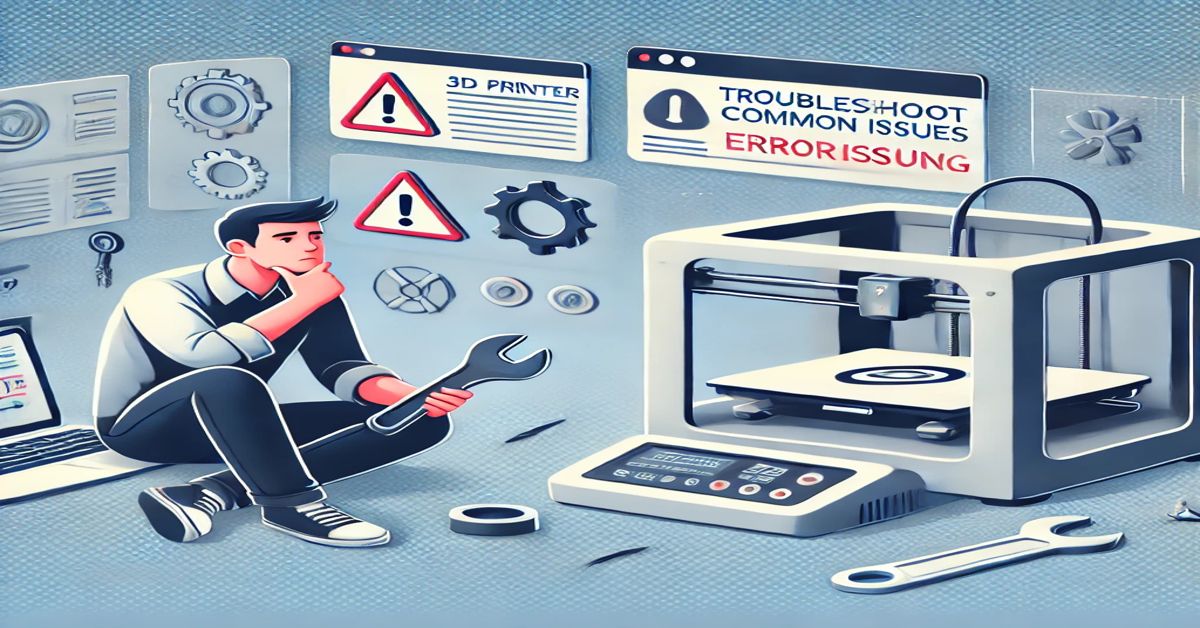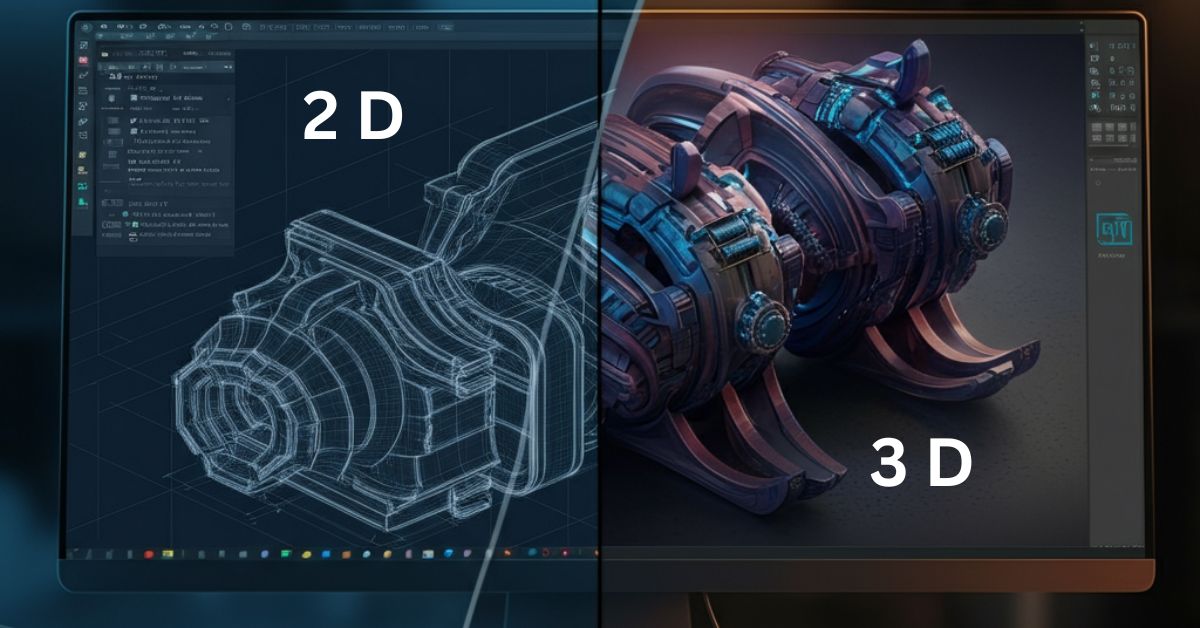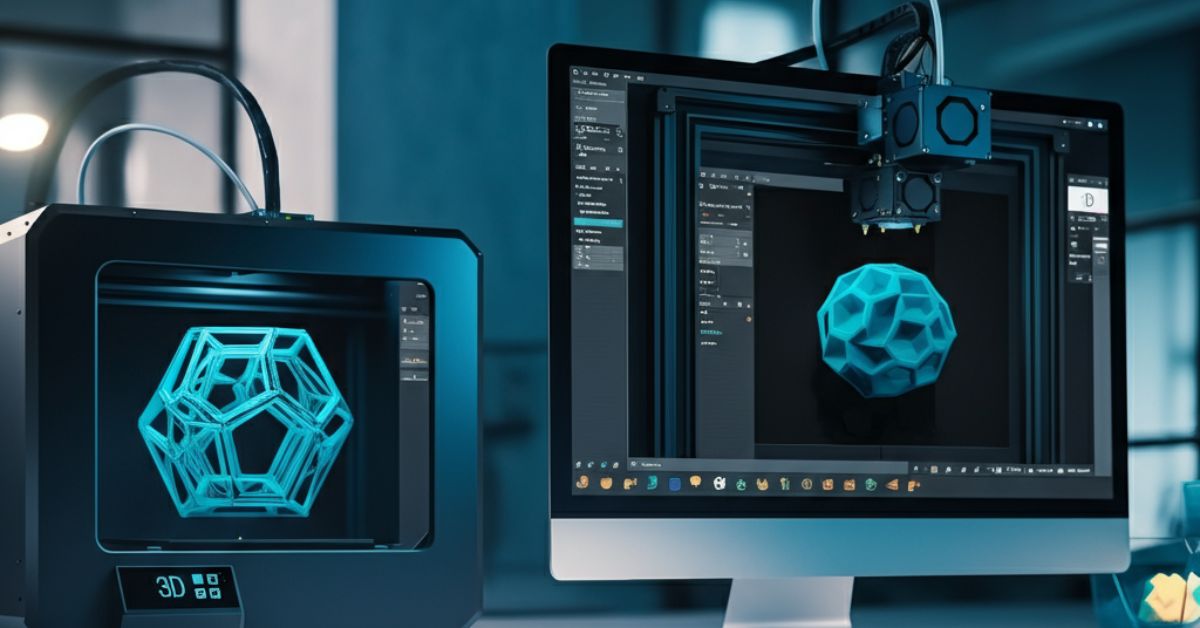Employee monitoring software often gets a bad rap, conjuring images of every keystroke being watched. As a manager navigating the remote work wave, I’ve heard the whispers: “This is spying!” or “This destroys trust!” I was hesitant when my company considered adopting tools like the Controlio app, fearing my team would feel I was scrutinizing their every move. But after diving in, I realized these fears are myths. In this article, I’ll debunk four common misconceptions about monitoring tools, sharing personal experiences to show how they empower teams.
Myth 1: Monitoring Is The Same As Spying
The biggest misconception is that monitoring software is just a tool for spying on employees. I understand the concern—no one likes feeling watched. But modern tools focus on tracking workflows, not personal lives. When we implemented a monitoring tool, I was transparent with my team: it tracked project hours and task progress, not their lunch break conversations.
The result? We identified bottlenecks in our design processes, streamlining tasks without compromising privacy. A 2021 study found that 67% of employees are comfortable with transparent, purpose-driven monitoring. It’s about collecting data to improve efficiency, not fostering suspicion.
Myth 2: It Crushes Team Morale
Another fear is that monitoring tanks morale, as if employees are being watched like hawks. I shared this concern, picturing my team resenting me for tracking their progress. But when used correctly, these tools can boost engagement. For instance, Controlio’s employees monitoring software tool revealed one team member was overwhelmed with admin work. We redistributed her tasks, and she later thanked me for easing her burden.
The key is using data to support, not reprimand. Tools help identify who needs assistance or training, fostering a culture of growth. For other options, explore these top software picks that prioritize fairness and productivity.
Myth 3: Only “Bad” Employees Get Monitored
Some believe monitoring targets “slackers,” implying good employees don’t need oversight. This myth assumes the worst of both employees and managers. In reality, monitoring benefits everyone. During a remote coding project, our tool displayed contributions from all team members, from the star developer to the newbie. It wasn’t about policing; it was about understanding workflows.
Equal monitoring ensures fairness and helps identify inefficiencies. A 2022 ActivTrak survey found that 72% of employees felt performance data, when shared appropriately, improved their work. It’s not about catching “bad apples” but enhancing teamwork and cooperation.
Myth 4: Monitoring Management is a Managerial Time Sink
I initially worried that analyzing monitoring data would consume my day. Who has time to sift through piles of reports? But modern tools defy this assumption. Our software dashboard provided a project completion overview, requiring no micromanagement. It even highlighted that some team members spent too much time in meetings, leading to more productive schedules.
As noted in industry roundups, modern monitoring tools are low-maintenance, delivering actionable insights automatically. They free managers to lead, not to pore over data endlessly.
Final Thoughts: Monitoring Staff Activity With Software Can Build Better Teams
Employee monitoring software is widely misunderstood. When used transparently, it shifts focus to results, improving workflows, supporting employees, and even boosting morale. My experience with Controlio showed there’s no need for distrust; these tools empower every employee to deliver their best. Myths about spying, demoralizing, or targeting “bad” employees fade when you see the benefits of data-driven monitoring.
Ready to try it? Start by being transparent about what’s monitored and why. Choose privacy-minded tools that meet your needs. Your team’s productivity and satisfaction are worth the investment. What’s one change you’re willing to make to your approach to monitoring in the workplace?













